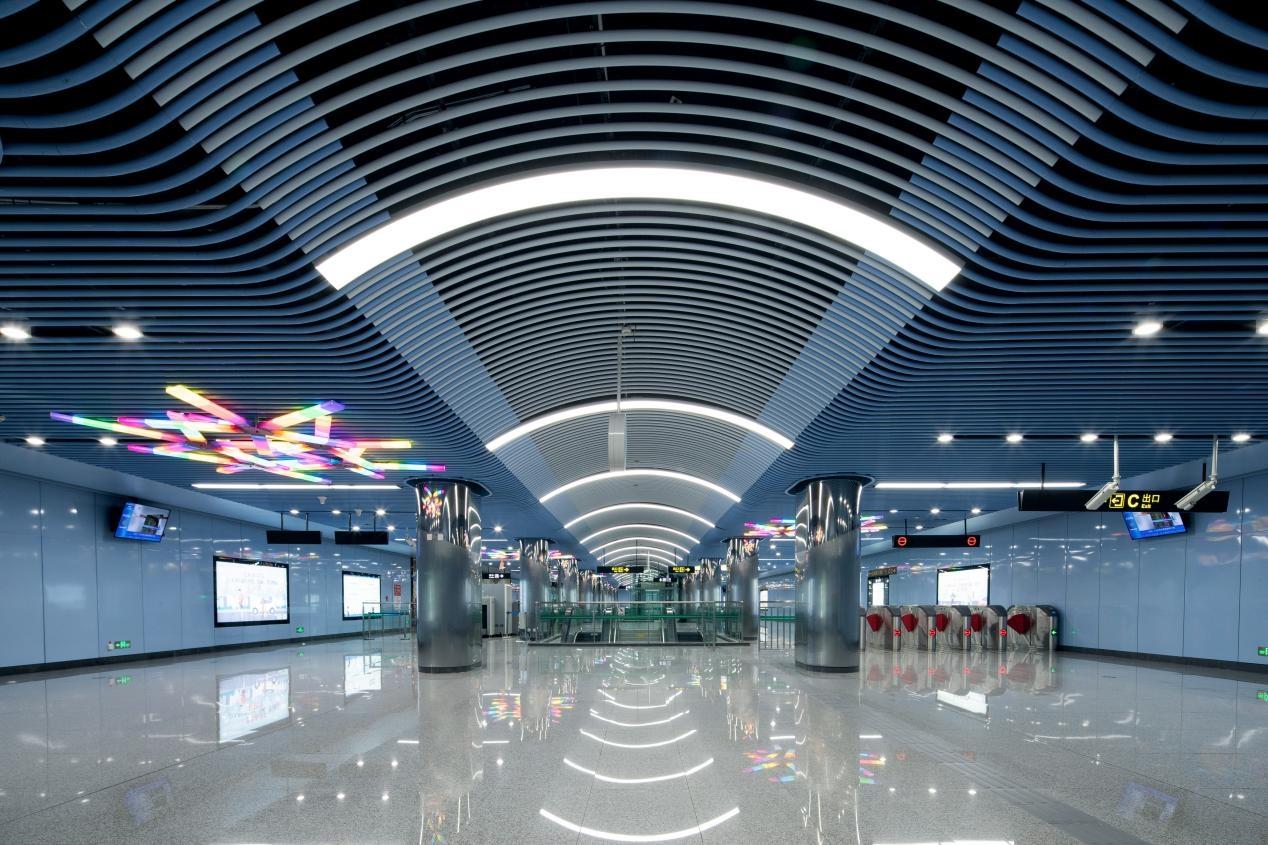When the first morning subway arrives at the platform, a soft warm light gently awakens passengers like dawn. During evening rush hours, the lighting quietly shifts to a refreshing cool tone, injecting alertness into weary commuters. Recently, metro lines in several Chinese cities have introduced a new generation of intelligent lighting systems, employing automatic color-temperature adjustment technology to give rail transit lighting its first-ever "biological clock" functionality.

Human-Centric Unobtrusive Technology
The system uses an environment-adaptive algorithm to switch color temperatures without manual intervention:
Morning Mode: 2700K–3500K warm yellow light, simulating sunrise spectra to alleviate sleep inertia in early risers
Daytime Mode: 4000K natural white light, maintaining spatial brightness and work concentration
Energy Mode: 5000K cool white light, counteracting visual fatigue during the commute home
Moonlight Mode: 3000K amber light, creating a sense of tranquility for nighttime journeys
"It's like installing smart curtains in the subway," commuters describe. "The old fluorescent lights used to cause dizziness, but now the lighting changes naturally with the time of day." This dynamic lighting technology is based on the principle of human melatonin secretion, indirectly influencing passengers' circadian rhythms by adjusting the blue-violet light ratio.
Hidden 'Traffic Management Assistant'
Notably, the intelligent lighting system also serves as an invisible management tool. During sudden passenger surges, the control system automatically increases platform illumination by 150%, guiding rapid evacuation through light changes. In extreme weather conditions causing insufficient natural light, it activates a full-spectrum compensation mode to prevent safety hazards caused by abrupt light variations.
Infinite Possibilities for Future Lighting
Observations indicate this technology is extending to onboard cabin lighting. Pilot trains have already implemented zoned lighting control in seating areas, enabling differentiated illumination for reading and resting zones. Industry experts suggest this "breathing light environment" represents a shift in public-space lighting from functional to health-oriented, with potential future integration of emotion recognition technology to sense passengers' real-time states.